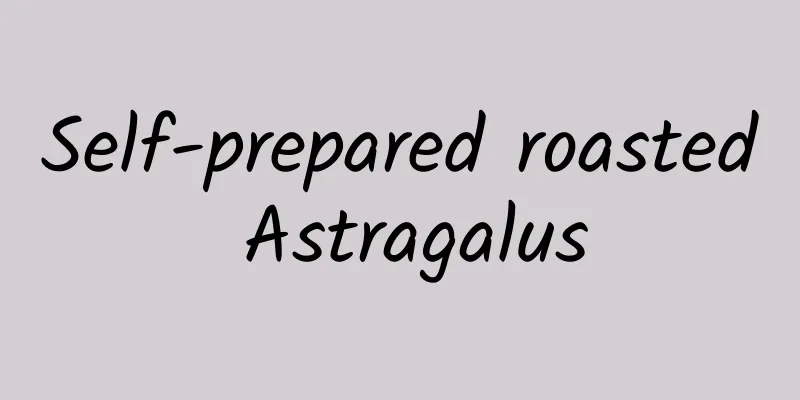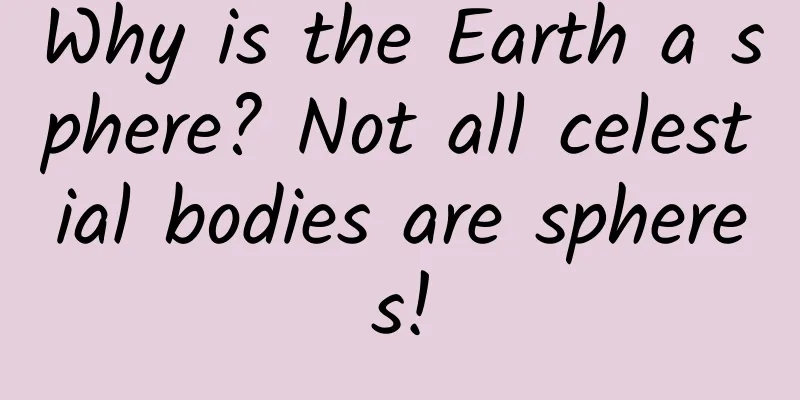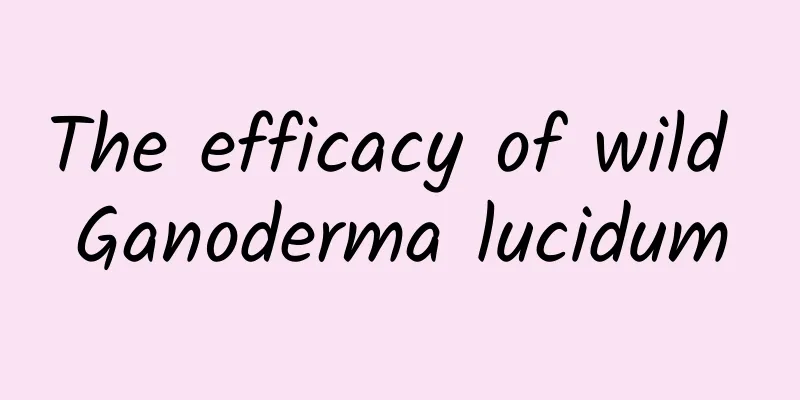The efficacy and function of vesicular root

|
Traditional Chinese medicine requires the use of traditional Chinese medicine when treating diseases, and as a kind of traditional Chinese medicine, bubble grass root is also frequently used. So, let’s talk about the effects and functions of bubble grass root. [Source] Medicinal material source: The root of the Solanaceae plant Solanaceae. [Original form] Perennial herb, 30-50cm high. The rhizome is fleshy and enlarged. The stem is erect, tufted from the base, and hairy. Leaves are alternate; petioles are 2-6cm long, pubescent, leaves at the lower part of the stem are scaly, leaves in the middle and upper parts are ovate, broadly ovate or triangular-broadly ovate, gradually pointed at the apex, base usually broadly cuneate, and extending down along the petiole, with entire or wavy margins. The umbel is terminal, with scaly bracts; the calyx is bell-shaped, with 5 short, purple lobes; the corolla is bell-shaped, with a tube 1-2 cm long, 5-lobed, and the lobes are oblong, about 1 cm long; there are 5 stamens, inserted in the middle of the corolla tube; the pistil style is filamentous. The capsule is ring-cracked above the middle and enclosed in an enlarged persistent calyx. Seeds numerous, flat and kidney-shaped. The flowering period is April-May, and the fruiting period is June-July. [Properties] Identification of properties: The root is slightly cylindrical, 10-14cm long and 2-3.5cm in diameter. There are 2-3 stem bases and point protrusions at the tip of the root head. There are often 2-3 branches at the lower part of the main root. The surface is brown or light brown, with obvious horizontal protrusions of lenticels. It is light in weight, with wood accounting for most of the cross section. 4-5 layers of concentric rings can be seen, and there are many radial cracks in the eyes. It has a faint smell and a slightly bitter taste. The stem is cylindrical, with long soft hairs, yellow-green and brittle. The leaves are dark green, mostly curled, broadly ovate or triangular ovate when flattened, 3-9cm long, 2.5-6cm wide, gradually pointed at the apex, broadly cuneate or cordate at the base and extending down along the petiole, with entire or wavy margins. It has a faint smell and a slightly bitter taste. [Chemical composition] The roots of Vesicularia scoparia contain umbelliferone, scopoletin, scopolin, fabiatrin, liquiritigenin, quercetin-3-O-β-D-galactopyranoside, β-sitosterol, β-sitosterol-β-D-glu-copyranoside, betulinic acid, C21-C23 fatty acids and cuscohygrine. 【Nature and flavor】 Sweet; slightly bitter; warm; toxic 【Functions and indications】Warms the middle and eliminates phlegm and relieves asthma. Mainly used for cold diarrhea; cough, asthma and sputum [Usage and Dosage] For oral use: decocted in water, 0.3-0.6g; or made into powder. 【Excerpt】 Chinese Materia Medica In fact, you will only know its benefits after practicing it. Just like the Chinese medicine Bulbous Grass Root introduced above, it turns out that Bulbous Grass Root can also treat some other diseases. Therefore, eating it in moderation has many benefits. |
<<: The efficacy and function of local tea
>>: The efficacy and function of scabious parasites
Recommend
The summer heat is about to dissipate, but do you still not know who sings the familiar "background music" of summer?
Although the dog days are over, summer in Chongqi...
What are the effects and functions of Guanzhong?
Do you know what kind of Chinese medicinal materi...
The efficacy and function of pine leaf windproof leaves
In daily life, people are not only very familiar ...
Is it better to have big or small ginseng?
When buying agricultural products, many people th...
Is snake venom edible?
Many people know that snake venom has extremely h...
What are the benefits of drinking dried houttuynia cordata in water?
Nowadays, many people's lives are very busy, ...
What are the effects and functions of drinking Pueraria root soaked in water?
Pueraria root is a relatively common Chinese medi...
The efficacy and function of water hyacinth
What are the effects of water caltrop? As a tradi...
Asteroid 212796 is "Guo Yonghuai Star"!
December 5, 1968 Huairen Hall in Zhongnanhai Prem...
Was being a teacher in ancient times actually a “high-risk” profession?
Source: A Brief History...
What is the principle of anti-peeping film?
Privacy screens work in a similar way to blinds. ...
Which one makes you fatter, rice or noodles? Which one is healthier? 4 suggestions on staple foods!
Rice and noodles have a very high status on the d...
The efficacy and function of brome rice
Brome rice is a very common Chinese medicine and ...
The efficacy and function of lemon leaves
The world is full of wonders, and Chinese medicin...
What are the traditional Chinese medicines for health care?
The pace of life is fast now, and we are graduall...









